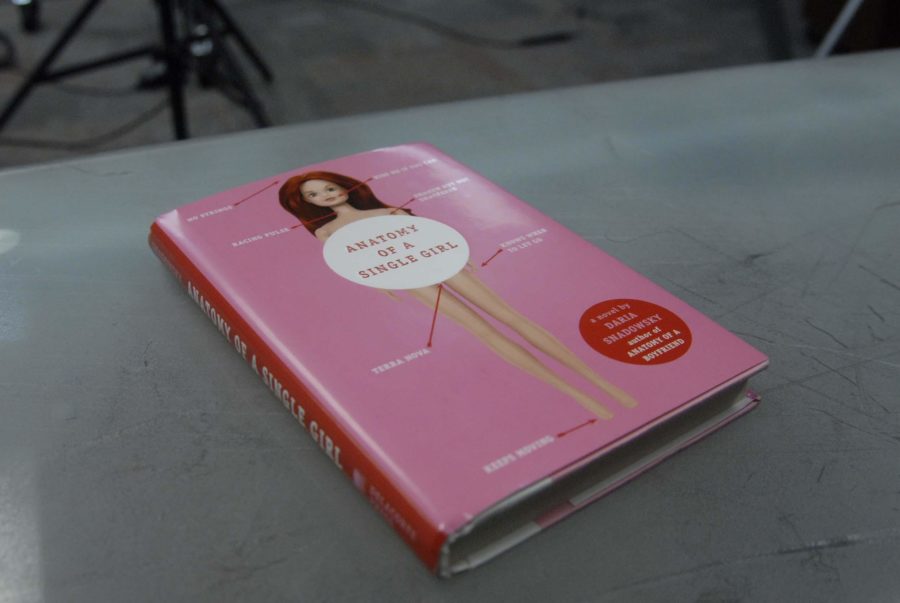Anatomy of a single girl
The paperback edition of Daria Snadowski’s, Anatomy of a single girl, will be released on March 11.
March 6, 2014
Daria Snadowski’s Anatomy of a Single Girl, the sequel to her debut novel Anatomy of a Boyfriend, takes taboo real-life topics and addresses them in a somewhat realistic manner that makes them an awkward mix between mundane and just too much information – such as extended recollections of blood draws and urine tests. An easy, relatively lighthearted read compared to many tear-jerking, heartbreaking, keep-you-up-until-four-in-the-morning young adult fiction novels, Single Girl provides an informative read for a rainy day.
[sidebar title=”Quick facts:” align=”right”]• Author: Daria Snadowski
• 240 pages
• Hardcover edition published January 2013
• Paperback edition to be released March 11, 2014[/sidebar]
Dom, the lead character and narrator, is incredibly archetypal – the redheaded bookworm-ish pre-med student that potentially wants to join Doctors Without Borders one day and spends her summer fetching coffee for hospital staff members and occasionally watching kidney transplants. In short, she is too good. Responsible, dependable, and incredibly flat. She even minds her curfew set forth by her parents, despite the fact that she is an adult, a college student, and it is summer. Despite the fact that Dom is a student at Tulane, which, in addition to being a top-notch university, has a thriving social life and countless activities going on for students on campus, she seems to only recall her Neuroscience textbook when discussing her college experience.
Despite her model citizen status, Dom comes across in many scenes as almost shallowly immature. For example, when she finally meets “the guy”, Guy, she talks about how he is one of the “hottest guys” she has ever seen and how his “hotness” (is that even a word?) is so distracting. While the book is written in simple style to make it a simpler read for the young adult age group, it almost tries too hard to “talk teen”, using words that hopefully will never enter into the mainstream English language, such as “omigod” and “sex-ifying”. Then there’s Dom’s incredibly creepy and obsessive crush on her tenth grade chemistry teacher, which, honestly, she should have moved on from now that she is about to enter her sophomore year of college.
In theory, Single Girl is a coming of age novel, however, Dom’s lack of intellectual commentary and the lack of the struggles that are so typically the cornerstone of a coming of age novel are absent from the pages of this book. If anything, Snadowski is far too kind to her characters, sparing them the trials and tribulations commonly found in dramatic fiction.
Snadowski does address many different areas of adolescent health that typically are considered taboo to discuss in literature, and addresses them in a way that is at least more entertaining to read about than having to be lectured on it in a Health class or being subject to a discussion about it during an annual checkup. What holds Snadowski back from creating a memorable and informative novel that sticks with readers, however, is the lack of a haunting and memorable plot that is the focal point of so many classics of teen literature, such as Looking for Alaska, The Outsiders, Thirteen Reasons Why, Go Ask Alice, Speak, and even The Hunger Games.
With stronger characters, a more mature writing style, and a more developed plot, Snadowski has the potential to create interesting novels that serve a greater purpose than simply entertaining readers on a rainy day. Time will only tell, but with some improvements to her technique, Snadowski could have a hit in the next few years.




